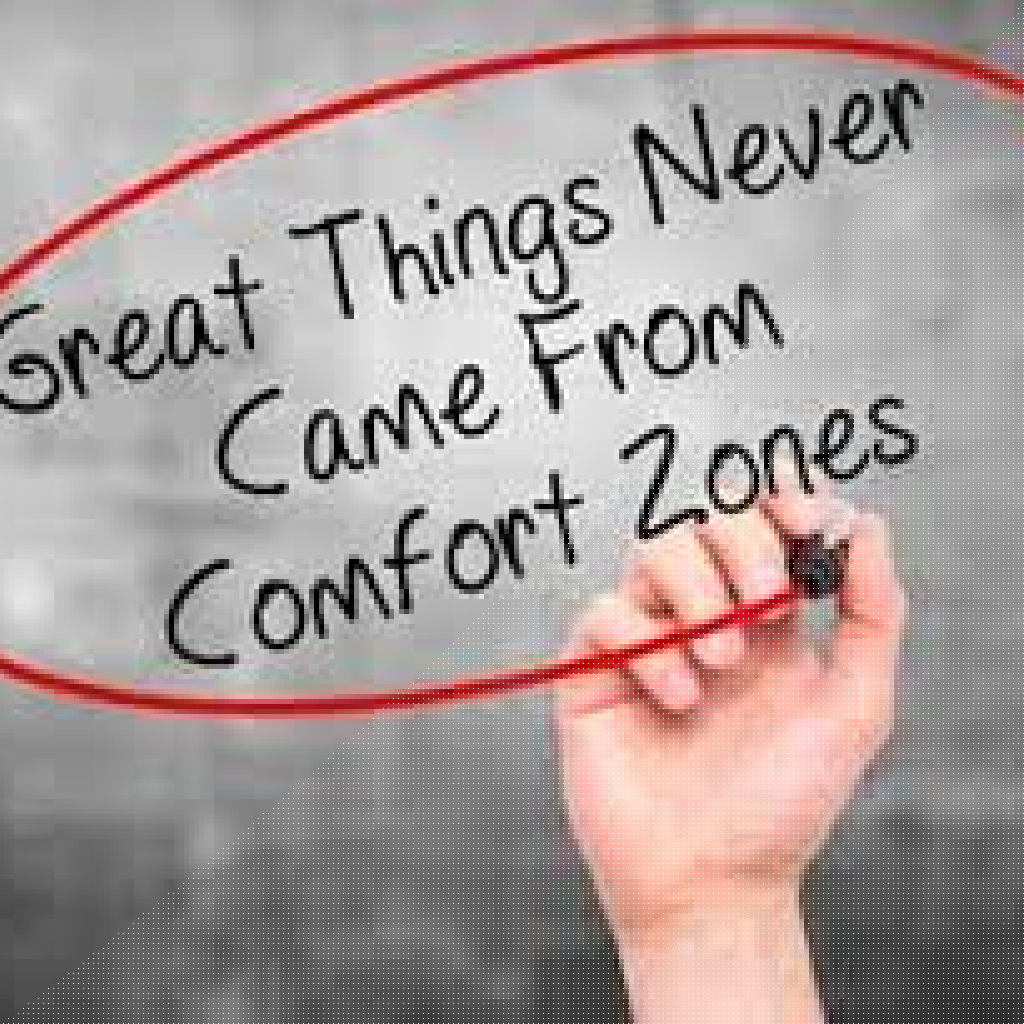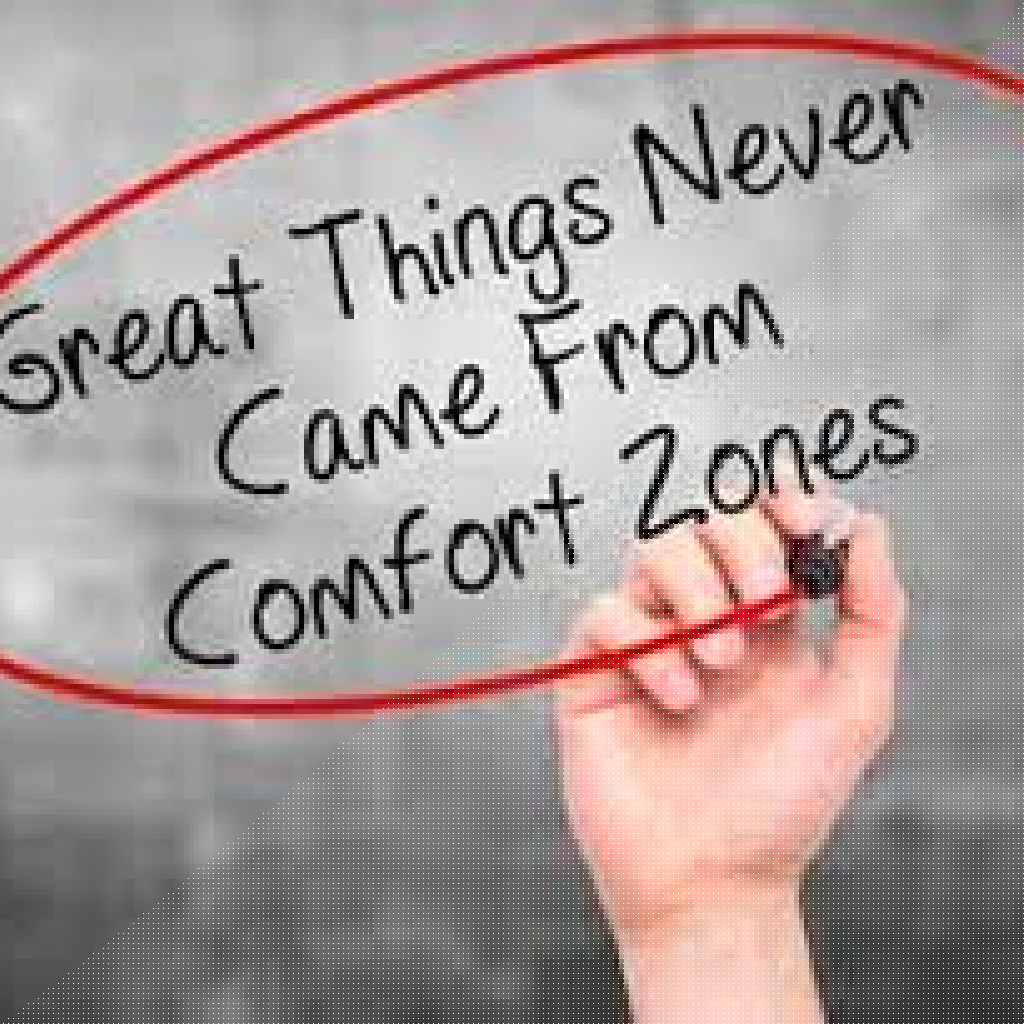Key Takeaways:
- Effective management practices are crucial to enhancing team performance and fostering a positive workplace culture.
- Building strong relationships among team members is key to boosting employee motivation and productivity.
Motivating Employees: Strategies for Increased Performance
In today’s fast-paced business environment, motivating employees has become a focal point for managers aiming to enhance performance and productivity. Applicable in various workplace settings, from startups to large corporations, effective employee motivation strategies can lead to significant organizational success. This article explores various practical and actionable strategies for managers to inspire their teams and drive performance upward.
Understanding the Importance of Employee Motivation
Employee motivation plays a pivotal role in achieving business goals. It acts as a catalyst for increased engagement, improved job satisfaction, and higher productivity levels. When employees feel motivated, they are more likely to contribute positively towards their tasks, collaborate with their peers, and innovate solutions.
What are Effective Management Styles for Motivating Employees?
One of the first steps in motivating employees is adopting the right management style that resonates with the team’s dynamics. Different situations call for different styles of management. However, here are three effective styles that can boost motivation:
- Transformational Leadership: Esteemed for inspiring and motivating followers, transformational leaders encourage employees to exceed their own interests for the sake of the organization. An example could be a manager sharing a compelling vision for the future that aligns with the personal goals of their team.
- Participative Management: This style involves employees in the decision-making process, which can enhance their sense of ownership and responsibility over their work. For instance, a sales manager could solicit ideas from their team on improving client acquisition strategies.
- Coaching Style: Adopting a coaching approach can help employees recognize their strengths and areas of improvement, thus fostering personal and professional growth. A manager could regularly sit with each team member to set personal goals aligned with organizational objectives.
How Can Managers Build Strong Relationships in the Workplace?
Building strong workplace relationships is essential for motivating employees. A positive working environment nurtures trust, respect, and open communication.
- Regular Check-ins: Scheduling one-on-one meetings with employees shows that their contributions are valued and allows managers to identify their needs or concerns promptly.
- Recognition and Feedback: Recognizing individual and team achievements fosters a sense of accomplishment. Whether through verbal praise or rewards, acknowledging contributions can significantly enhance morale.
- Team Building Activities: Organizing informal gatherings or team-building exercises can strengthen relationships and enhance team cohesion. This can range from simple outings to collaborative projects that require teamwork.
What Strategies Can Be Implemented for Employee Development?
Investing in employee development is a powerful strategy to enhance motivation. Providing opportunities can stimulate growth and keep employees engaged.
- Training Programs: Offering continuous training and development opportunities helps employees to feel more competent and confident in their roles. This could include workshops, online courses, or mentorship programs.
- Career Advancement Opportunities: Clearly defined paths for advancement encourage employees to perform at their best, as they see a vision for their future within the organization. For example, a company could implement a career ladder that outlines potential promotions based on performance metrics.
- Flexibility: Allowing for flexible working conditions demonstrates trust and respect for employees’ work-life balance, which is critical for motivation in the modern workplace. Whether it’s remote working options or flexible hours, accommodating employees’ needs can lead to significant increases in motivation.
The Role of Communication in Employee Motivation
Effective business communication is essential for motivating employees. Managers must ensure that communication channels are open, transparent, and continuous.
- Two-Way Communication: Encourage feedback from employees regarding their workload, challenges, or any issues they face. This inclusivity helps employees feel heard and valued.
- Clear Expectations: Managers must communicate their expectations clearly so that employees understand their roles and responsibilities. This eliminates confusion and enhances focus.
- Regular Updates: Keeping employees informed about company progress and changes enhances their sense of belonging and commitment to organizational goals.
Conclusion
In conclusion, motivating employees is vital for modern managers who aim to drive performance and achieve success in their organizations. By implementing effective management styles, building strong workplace relationships, and focusing on development and communication, managers can create an environment where employees feel valued, inspired, and driven to perform their best. Incorporating these strategies into daily management practices can lead to lasting positive changes in employee satisfaction and organizational success.













